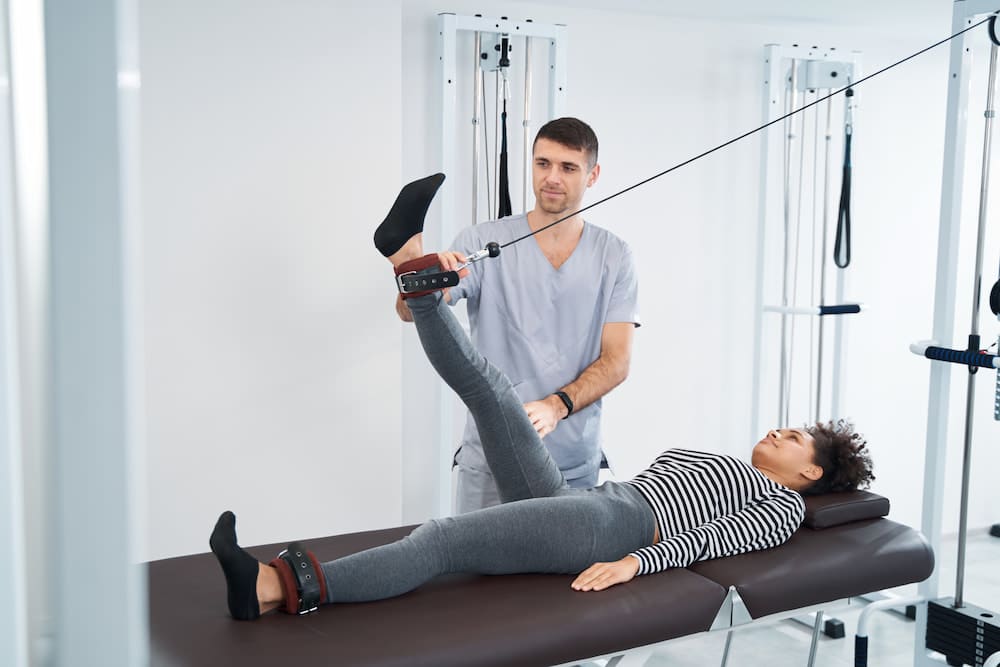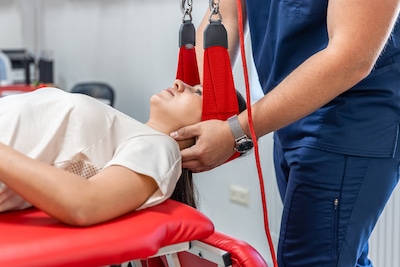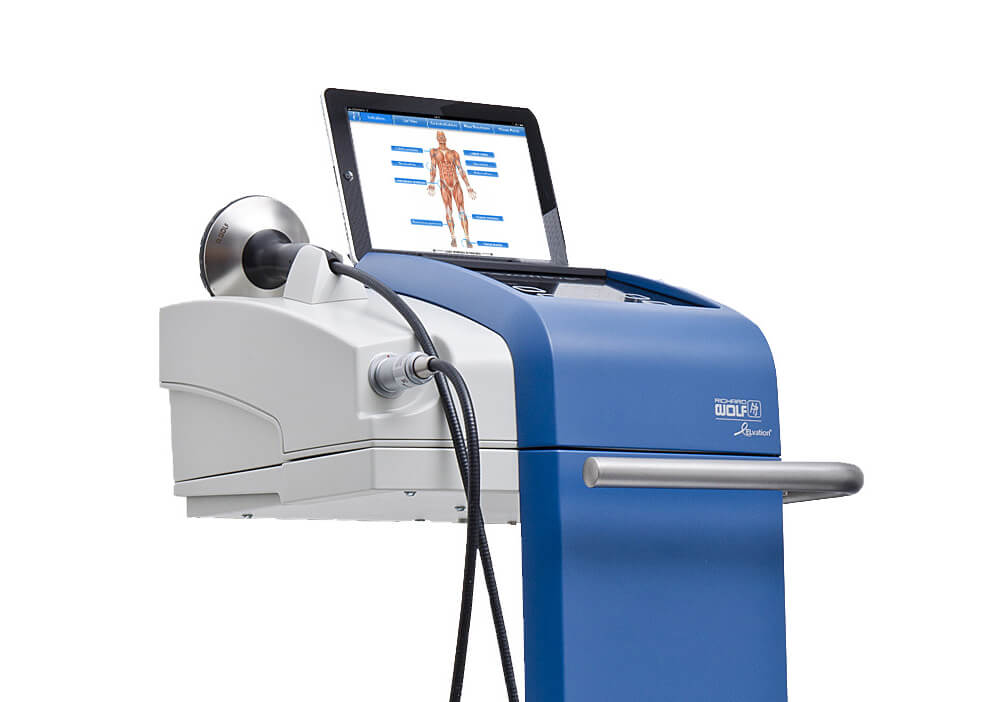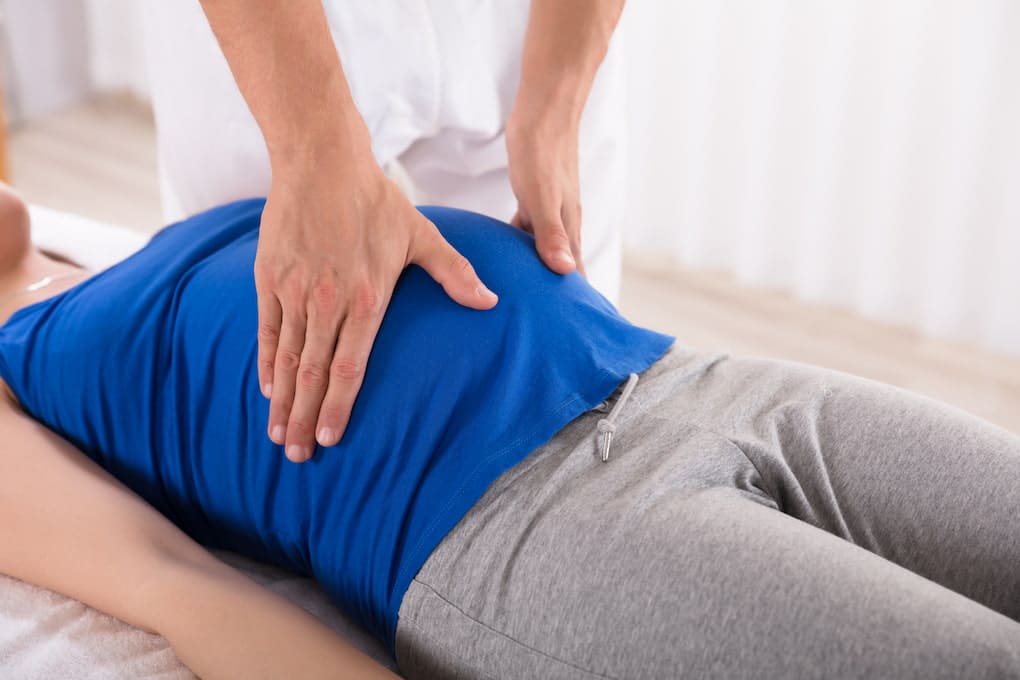

Experiencing a whiplash injury after an accident can be overwhelming. Here’s a comprehensive guide to help you navigate through it.
Whiplash is the result of rapid energy transfer to the neck, often occurring in accidents involving sudden deceleration. Despite popular belief, symptoms may not manifest immediately and can come on within days to weeks of the accident. Whiplash pain includes neck pain, headaches, blurred vision, nausea, dizziness, and more.

Phase 1: The torso moves backward, straightening the cervical and thoracic spine, causing the head to rise and extend. This sudden movement can result in symptoms such as difficulty swallowing, pain in the shoulders, arms, hands, and back.
Phase 2: The vehicle reaches peak acceleration, while the head continues to move backward, leading to compression, shear, and tension forces causing most injuries. This phase is particularly concerning as it can result in nerve root injuries and facet joint injuries.
Phase 3: Both head and torso peak in acceleration, but the vehicle’s acceleration stops, potentially leading to flexion injuries. Additional deceleration from braking can further exacerbate potential neck injuries.
Phase 4: Full flexion may occur, exerting high tension, torsion, and compression forces, making this phase the most injurious. This phase can result in severe pain, limited range of motion, and even memory loss or concentration impairment.
Factors such as head rotation, height, gender, and age can affect the severity of whiplash. Women, taller individuals, and older adults may be at higher risk due to various physiological factors. Moreover, certain neck fractures like Hangman’s fracture, Jefferson (Burst) fracture, and Odontoid fracture are common during whiplash injuries, emphasizing the importance of prompt and thorough medical evaluation.

It’s crucial to seek medical evaluation promptly even if you don’t have pain initially. Pain can occur days to weeks after an accident. In order for medical treatment to be covered under your car insurance you must be seen within 14 days of the accident. While fractures might not be visible on X-rays, they can be ruled out through further imaging. Conservative management, like the treatment provided in our office has shown to be extremely effective in treating whiplash injuries.
Our specialized clinic, Health in Motion Chiropractic is set up to help you through the entire process of your whiplash after a car accident. Seeking professional evaluation and care is essential for the future of you musculoskeletal system. Our team at Health in Motion Chiropractic can provide insight and tailored care to help manage your whiplash injury effectively.
Don’t hesitate to reach out to us at Health in Motion Chiropractic for support and guidance through your recovery journey.



Call us today at (386)-320-0325 for relief of your whiplash symptoms or for assistance in reaching optimal health.
